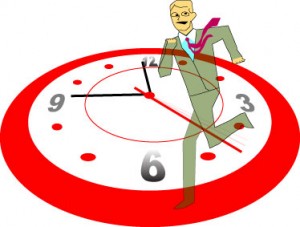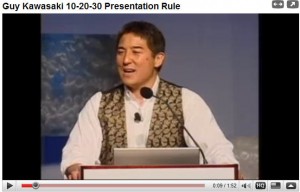The Enemy is PowerPoint
Wednesday, April 28th, 2010
Financial crisis, Healthcare crisis, and now Mideast crisis all caused by PowerPoint. The horrible program that has tortured millions, maybe billions of people to sit through boring, time wasting meetings.
Faster than a speeding locomotive, able to leap from any size digital projector or computer screen, more powerful than a nuclear bomb, capable of killing ideas and making people stupid, PowerPoint is the secret weapon of the Microsoft Bill Gates to conquer the world.
Forget Microsoft Word, Excel, Outlook, Explorer and all the other applications the evil Microsoft has forced upon the world with their near monopoly of the software industry, it is PowerPoint that is being used to control minds and make people stupid enough to buy the next Microsoft Office release and add billions of dollars to his already fat financial world controlling bank accounts.
Once people start using the new features in PowerPoint 2010, they will become so stupid that they will start believing FOX News is truly unbiased news reporting. These people made stupid by PowerPoint 2010 will then start voting into office people like Sarah Palin and Glenn Beck (who are too smart to ever have used PowerPoint). Once in power, they will ban the use of Google search of their backgrounds, tax The New York Times out of existence, and heath care for anyone over the age 65 to save costs.
They will then push through congress and the senate a new law that allows them to appoint a new leadership position of the US, the Czar of the Digital US. Everyone will know, even the people made stupid by PowerPoint, that the Czar that controls the Internet, the computer “clouds”, the virtual worlds, the digital US will control the world. Bill Gates will have won. PowerPoint is the enemy. We must fight back with long winded speeches without any visual support, and 100 page research papers that everyone must read or die, for there will be no summary PowerPoint decks to help get the key points communicated. We must stop this enemy now!
Inspired by the article in the NY Times: “We Have Met the Enemy and He is PowerPoint“, The New York Times, April 26, 2010 by Elisabeth Bumiller
 In my quest for trying to understand why so many people hate PowerPoint (and even I sometimes hate it), I have come to the conclusion that a key reason is that when working with PowerPoint most people are racing against the clock. It sometimes seems that when working with PowerPoint, the clock just starts racing ahead to that presentation deadline.
In my quest for trying to understand why so many people hate PowerPoint (and even I sometimes hate it), I have come to the conclusion that a key reason is that when working with PowerPoint most people are racing against the clock. It sometimes seems that when working with PowerPoint, the clock just starts racing ahead to that presentation deadline.
